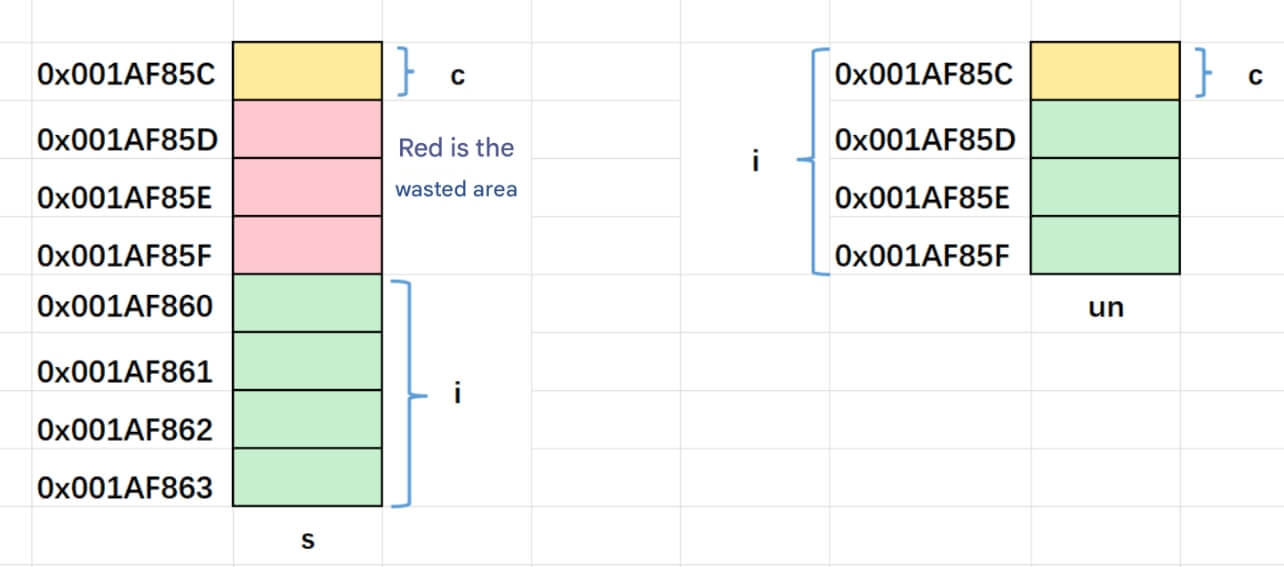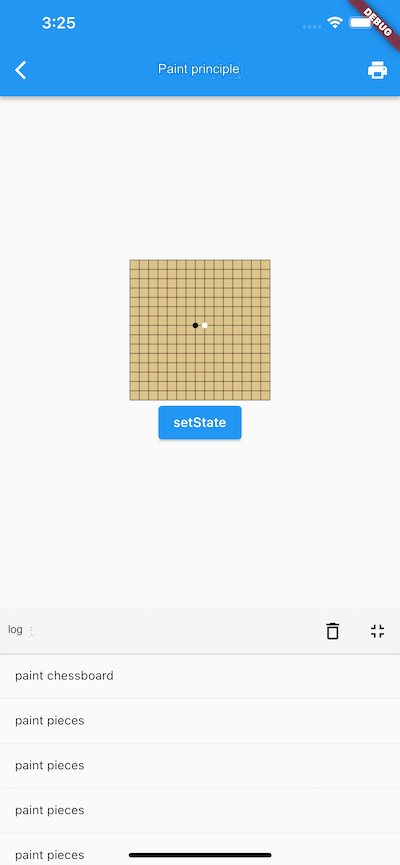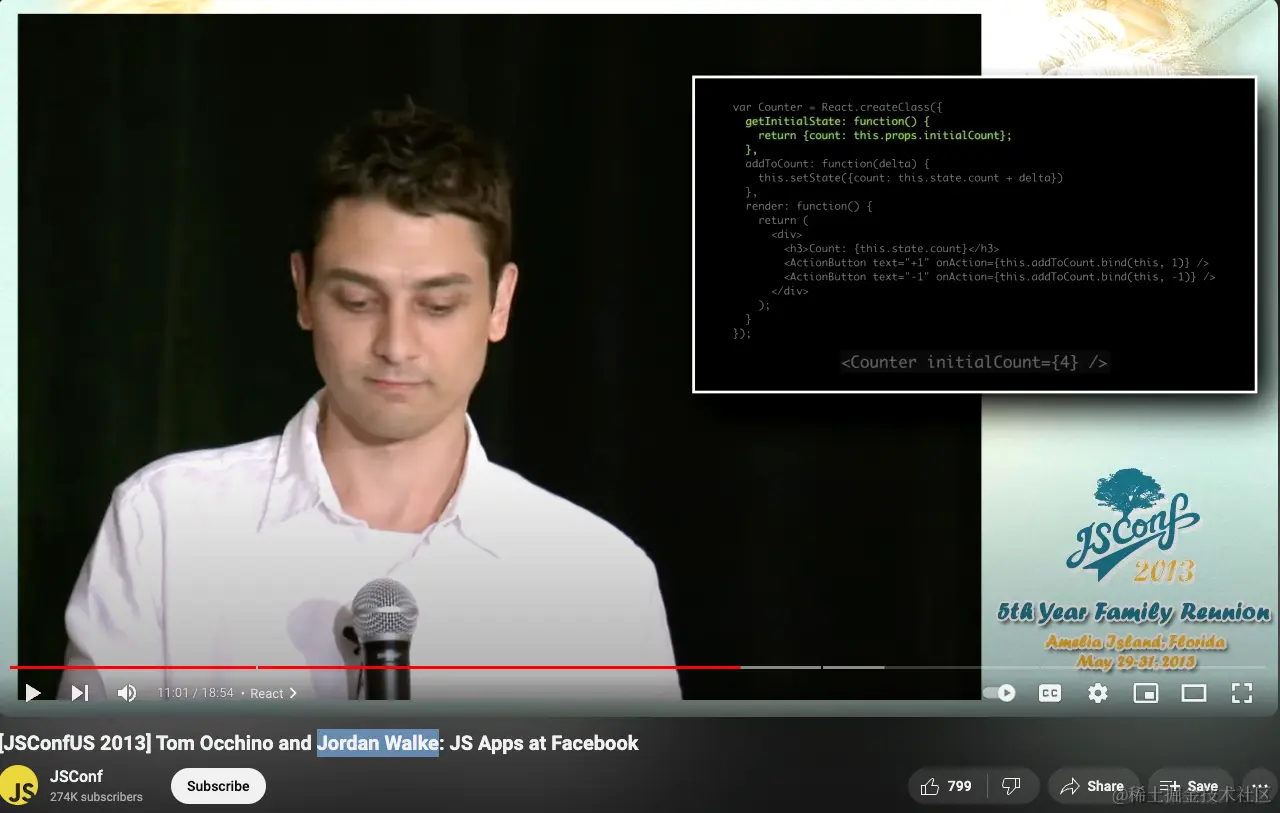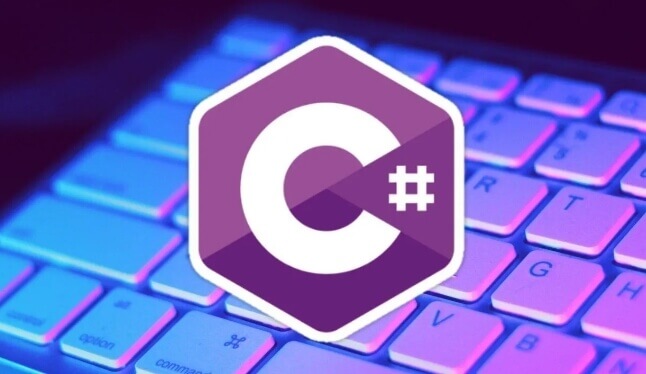A union is a special data structure in C language that allows different types of data to be stored in the same memory location. It is similar to a struct, but there are significant differences. Understanding the definition, basic usage, advantages, storage details, and advanced uses of unions helps in effectively using this data structure in practical programming.
1. Definition and Basic Usage of Unions
1.1 Defining a Union
In C language, a union is defined using the union keyword. Its basic syntax is as follows:
union UnionName {
DataType1 memberName1;
DataType2 memberName2;
...
};
1.2 Basic Usage
#define _CRT_SECURE_NO_WARNINGS
#include <stdio.h>
union Data {
int i;
float f;
char str[20];
};
int main() {
union Data data;
data.i = 10;
printf("data.i = %d\n", data.i);
data.f = 220.5;
printf("data.f = %.1f\n", data.f);
snprintf(data.str, sizeof(data.str), "Hello, World!");
printf("data.str = %s\n", data.str);
return 0;
}
Output:

The union Data defines a union that can store an int, float, or a char array. Since all members share the same memory, setting one member's value will overwrite the values of the other members.
2. Differences Between Unions and Structs
2.1 Structs
-
Memory Allocation: Each member in a struct is allocated its own memory area. The size of a struct is the sum of the sizes of all its members (possibly including padding bytes).
-
Data Access: Each member of a struct can be accessed and modified independently.
2.2 Unions
-
Memory Allocation: All members of a union share the same memory. The size of a union is the size of its largest member.
-
Data Access: Only one member can be accessed at a time. Modifying one member will overwrite the data of other members.
2.3 Comparison
#define _CRT_SECURE_NO_WARNINGS
#include <stdio.h>
typedef struct {
char c;
int i;
} MyStruct;
typedef union {
char c;
int i;
} MyUnion;
int main() {
MyStruct s;
MyUnion u;
// Struct
s.c = 'a';
s.i = 20;
printf("Struct:\nCharacter: %c, Number: %d\n", s.c, s.i);
printf("Size of MyStruct: %d\n", sizeof(MyStruct));
// Union
u.c = 'a';
printf("Union:\nCharacter: %c,", u.c);
u.i = 20;
printf("Number: %d\n", u.i);
printf("Size of MyUnion: %d", sizeof(MyUnion));
return 0;
}
The memory layout shows that the struct and union handle memory differently.
Memory diagram:

3. Advantages of Unions
3.1 Memory Saving
Since all members of a union share the same memory, unions typically use less memory than structs. Unions are particularly useful when you need to store different types of data that will not be used at the same time.
3.2 Improved Efficiency
Unions allow for efficient conversion between different data types. For applications that require switching between different data formats, unions simplify data processing and conversion.
3.3 Code Simplification
Using unions reduces the need for repeated handling of data types in the code, making the code simpler and easier to maintain.
4. Storage Details of Unions
4.1 Memory Alignment
Different data types have different alignment requirements in memory. The memory alignment of a union depends on the alignment requirements of its largest member. Compilers may align the union in memory to improve access efficiency.
The memory alignment rules for unions are as follows:
-
The address of the first member of the union is the same as the address of the union itself.
-
The total size of the union is a multiple of the size of its largest member, as all members share the same memory, and the memory must be large enough to hold the largest member.
-
The alignment requirements of each member must meet the alignment requirements of the largest member.
4.2 Size Calculation
-
The size of a union is at least the size of its largest member.
-
If the size of the largest member is not an integer multiple of the largest alignment number, it will be padded to align with the largest alignment number.
-
The alignment number is the smaller value between the compiler’s default alignment number and the size of the member.
Example:
#include <stdio.h>
union Un1 {
char c[5]; // Occupies 5 bytes
int i; // Maximum alignment is 4 bytes
};
union Un2 {
short c[7]; // Occupies 14 bytes
int i; // Maximum alignment is 4 bytes
};
int main() {
printf("%d\n", sizeof(union Un1));
printf("%d\n", sizeof(union Un2));
return 0;
}
Output:The size of each union is calculated based on its largest member and alignment.
5. Advanced Uses of Unions
5.1 Anonymous Unions
An anonymous union is a union that does not require a name. It is mainly used to simplify code, especially when accessing union members directly within structs without needing to refer to the union's name.
Example with an anonymous union:
#define _CRT_SECURE_NO_WARNINGS
#include <stdio.h>
typedef struct {
int type; // Data type identifier
union {
int i;
float f;
char str[20];
}; // Anonymous union
} DataPacket;
int main() {
DataPacket packet;
// Set as integer type
packet.type = 1;
packet.i = 1234; // Access union member directly
printf("Packet Type: %d, Integer Value: %d\n", packet.type, packet.i);
// Set as float type
packet.type = 2;
packet.f = 56.78;
printf("Packet Type: %d, Float Value: %.2f\n", packet.type, packet.f);
// Set as string type
packet.type = 3;
snprintf(packet.str, sizeof(packet.str), "Hello!");
printf("Packet Type: %d, String Value: %s\n", packet.type, packet.str);
return 0;
}
In the DataPacket structure, the union is defined as an anonymous union, allowing direct access to its members (such as i, f, and str) without using the union's name.
5.2 Union Arrays
Union arrays are used to store multiple union instances. Each union instance can store different types of data, and all instances share the same memory layout.
Example with a union array:
#define _CRT_SECURE_NO_WARNINGS
#include <stdio.h>
typedef union {
int i;
float f;
char str[20];
} DataUnion;
int main() {
DataUnion dataArray[3];
// Set array element as an integer
dataArray[0].i = 42;
// Set array element as a float
dataArray[1].f = 3.14;
// Set array element as a string
snprintf(dataArray[2].str, sizeof(dataArray[2].str), "Union Array");
// Print array elements
printf("dataArray[0] (int): %d\n", dataArray[0].i);
printf("dataArray[1] (float): %.2f\n", dataArray[1].f);
printf("dataArray[2] (str): %s\n", dataArray[2].str);
return 0;
}
Here, DataUnion defines a union that can store integers, floats, or strings, and dataArray[3] creates an array of three union instances, each capable of holding different data types.
5.3 Using Unions for Type Conversion
Unions can serve as a tool for converting between different data types. Particularly, when data needs to be interpreted in different formats but shares the same memory, unions provide an efficient way to do this.
Example of using a union to interpret a float as an integer:
#define _CRT_SECURE_NO_WARNINGS
#include <stdio.h>
#include <stdint.h>
typedef union {
float f;
uint32_t i;
} FloatIntUnion;
int main() {
FloatIntUnion data;
data.f = 3.14159; // Set float value
// Print the float and its corresponding integer bit pattern
printf("Float value: %.5f\n", data.f);
printf("Integer value: 0x%08X\n", data.i);
return 0;
}
FloatIntUnion defines a union with one member as a float and the other as a uint32_t to represent the bit pattern of the float. By setting data.f, we can access the float’s bit pattern through data.i.
6. Important Considerations
When using unions, the following points should be noted:
-
Member Access: Ensure that when accessing a union's member, it is the one that was most recently assigned a value.
-
Memory Overlap: Memory overlap among union members can lead to data corruption. Extra caution is required when working with unions.
Summary
From the above content, we have gained an in-depth understanding of unions in C. Proper use of unions can enhance code flexibility and efficiency, but careful handling is necessary to address potential issues such as memory overlap and data type conversions.







